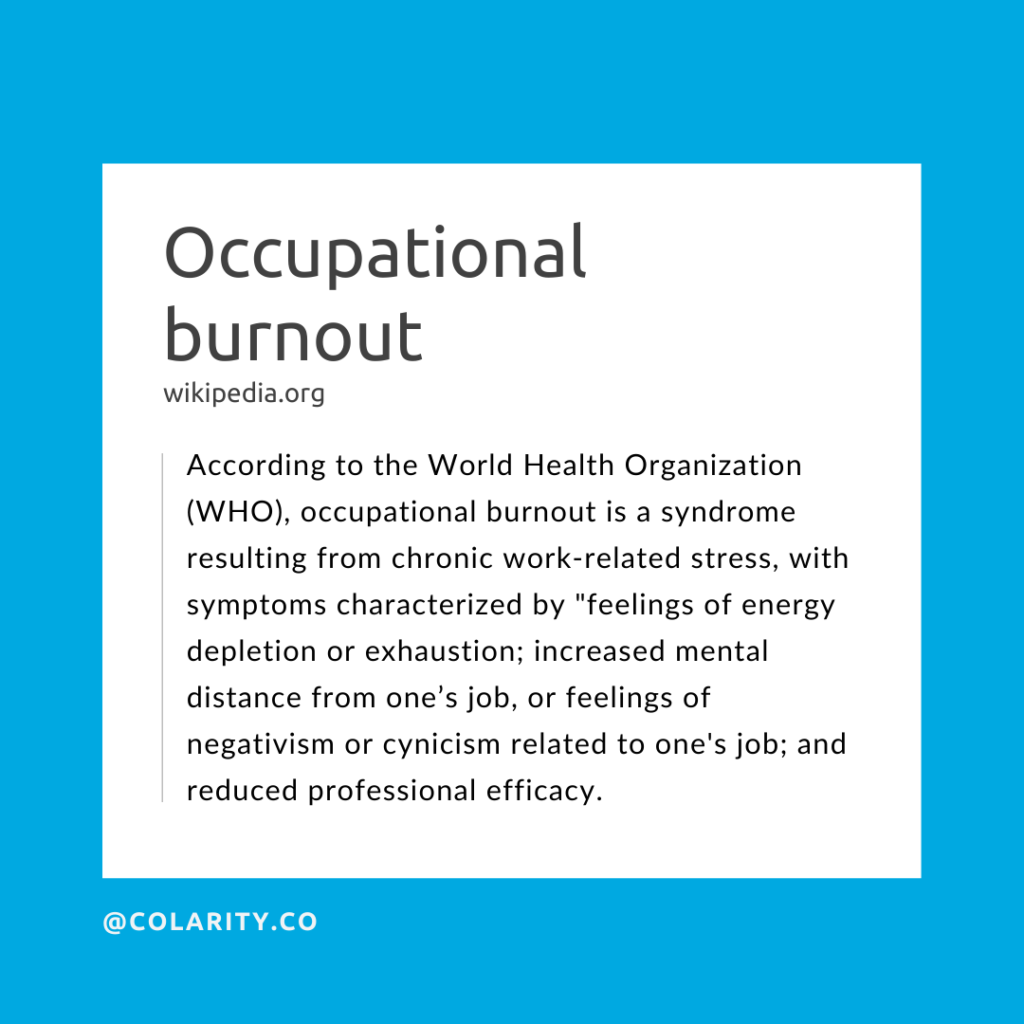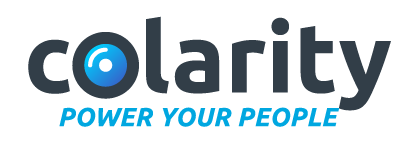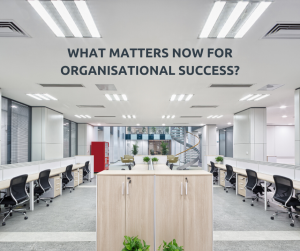
Did you hear about LinkedIn giving its 15,900 full-time employees a paid week off? Facebook did the same over Thanksgiving. Why? Because their people are just burning out. In fact, investment by big business in staff wellbeing is at an all time high as the individual and organisational effects hit a peak.
Fact: The health and wellbeing of your teams and employees have a direct link to the well-being of your bottom line. It’s why big companies like Linkedin, Facebook, Google and Cisco are proactively investing in the happiness of their people. Yes, yes… the irony, investing in care practices to save the bottom line but if you or your employees are out of whack, it will affect your business, whatever its size or industry.
Signs of Burnout
Burnout is a slow burn, often overlooked and misinterpreted.
- Burnout can look like ‘a difficult or busy person’, someone snapping or being grumpy or angry.
- Burnout can look like ‘the office cynic’ or the one who is so defensive (due to feeling threatened or panicked or just to prove oneself).
- Burnout can look like the team member who regularly has that extra glass of wine or is a caffeine fiend.
- Burnout can also be a sign of a toxic culture.

More signs
Lower productivity, missing deadlines, being regularly late, unable to make decisions, procrastination, forgetfulness.
A highly noted study by Winona State University has found there to be Five Stages of Burnout which we have republished here.
- Honeymoon -marked by high job satisfaction, commitment, energy, and creativity, the key issue is what patterns of coping strategies you begin to develop when facing the inevitable stresses of the job. In theory, if the patterns of coping are positive, adaptive, then you will remain in the honeymoon stage indefinitely. But few people do.
- Balancing Act — as opposed to the unbridled optimism and positiveness of Stage 1, you now are clearly aware that some days are better than others regarding how well you are handling the stress on the job. An awareness of a noticeable increase in the following is indicative of Stage 2:
- 2.1 job dissatisfaction
- 2.2 work inefficiency, including avoiding making necessary decisions, “losing” stuff at work (even on your desk!), etc.
- 2.3 fatigue (a general fatigue, often accompanied by deep muscle fatigue)
- 2.4 sleep disturbances (often that you are so “busy” in your head that you can’t get to sleep)
- 2.5 escapist activities of choice (including eating, drinking, smoking, zoning out in front of the TV, etc.)
- Chronic Symptoms — marked by an intensification of some of the same indicators cited in Stage 2, including
- 3.1 chronic exhaustion
- 3.2 physical illness (remember that stress is a risk factor in many diseases)
- 3.3 anger, depression
- Crisis — the symptoms become critical
- 4.1 physical symptoms intensify and/or increase in number
- 4.2 obsessing about work frustrations
- 4.3 pessimism and self-doubt dominate thinking
- 4.4 you develop an “escapist mentality”
- Enmeshment — The symptoms of burnout are so embedded in your life that you are more likely to be labeled as having some significant physical or emotional problem than you are to be called a burnout case.
Burnout Busters
Here are a few ways you can get proactive about dealing with burnout and help your people.
- Encourage regular exercise. Tell your people to go out for a walk – and go with them.
- Encourage healthy habits. Have bowls of fresh fruit around the office.
- Encourage positive communication. Get people talking to each other. Do daily casual check-ins with people ‘how are you today?’ ‘anything you need?’ Set up routine catch-ups with the team. Have some facilitated by a coach.
- Create a culture where feedback is welcomed.
- Create a space of trust where people feel free to say I’m struggling (with a deadline or a project or even something more personal) or even where managers can ask ‘are you okay?’
- Engage in coaching for team managers to make sure they are fully supported with individualised, one to one coaching.
- Promote mental health days, flexibility for family, encourage holiday leave.

Making these self-care and team alignment strategies the norm in your workplace culture can make a huge difference. As are understanding why burnout can occur. Aside from the enormous impact of a global pandemic, Gallup identified the top five reasons for burnout to be:
- Unfair treatment at work
- Unmanageable workload
- Lack of role clarity
- Lack of communication and support from their manager
- Unreasonable time pressure
Understanding and being able to recognise the signs of burnout however should not only rest on the shoulders of HR, managers or C-Suite. It needs to be an individual and team effort which can only come out of team alignment, open and positive communication, growth mindsets and a culture of having each other’s back.
Our Colarity Coaching programs do just that. Call us for a chat about how we can help.





No comment yet, add your voice below!